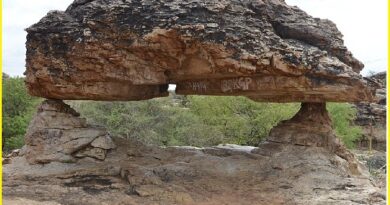The Legacy of Beas River in higher Himalaya’s
Beas River
The Beas River is significant in northern India, flowing through the states of Himachal Pradesh and Punjab. The Beas River originates from the Beas Kund, which is a small glacial lake situated in the Himalayas in Himachal Pradesh. It is one of the major rivers originating from the Himalayas.
After its origin, the Beas River flows through the Kullu Valley in Himachal Pradesh, passing through towns such as Manali and Kullu. It then continues its journey through the state of Punjab before ultimately merging with the Sutlej River in the Indian state of Punjab. The Beas is of great significance both historically and culturally. It has been a lifeline for the people living along its banks, providing water for irrigation, drinking, and other purposes. The river has also played a crucial role in the agriculture and economy of the regions it traverses.
The Beas and its surrounding areas are popular tourist destinations, particularly in Himachal Pradesh. The river’s scenic beauty, along with activities like river rafting, attracts tourists from all over the world.

Beas river origin
The Beas River originates from the Beas Kund, which is a small glacial lake situated high in the Himalayas. Beas Kund is located in the Himalayas near the Rohtang Pass, which connects the Kullu Valley to the Lahaul and Spiti Valleys.
The Beas Kund rises 4,361 meters above sea level on the southern face of Rohtang Pass and is considered the ultimate source of the Beas River. It is a significant pilgrimage site for Hindus, who believe it to be the birthplace of the Beas. The Beas Kund is surrounded by stunning Himalayan peaks and glaciers, making it a popular trekking destination for adventure enthusiasts.
Also read- Tirthan Valley-The Best Kept Secret of Himachal Pradesh
From its origin at Beas Kund, the Beas flows through the Kullu Valley, passing through towns such as Manali and Kullu. It continues its journey through Himachal Pradesh and enters the Indian state of Punjab, where it eventually merges with the Sutlej River.
Near Reh in Kangra District it divides into three channels, which reunite after passing Mirthal, 300 meters above sea level. On meeting the Sivalik Hills in Hoshiarpur, the river sweeps sharply northward, forming the boundary with Kangra District. Then bending around the base of the Sivalik Hills, it takes the southerly direction, separating the districts of Gurdaspur and Hoshiapur. After touching the Jalandhar district for a short distance, the river forms the boundary between Amritsar and Kapurthala. Finally, the Beas joins the river Sutlej at the southwestern boundary of the Kapurthala district of Punjab after a total course of 470 kilometers.
Beas river map
Beas River is situated in the Pir-Panjal range of Central Himachal Pradesh near Rohtang Pass, about 51 km north of Manali town. Beas is 470 km in length and flows in the northern part of India.





